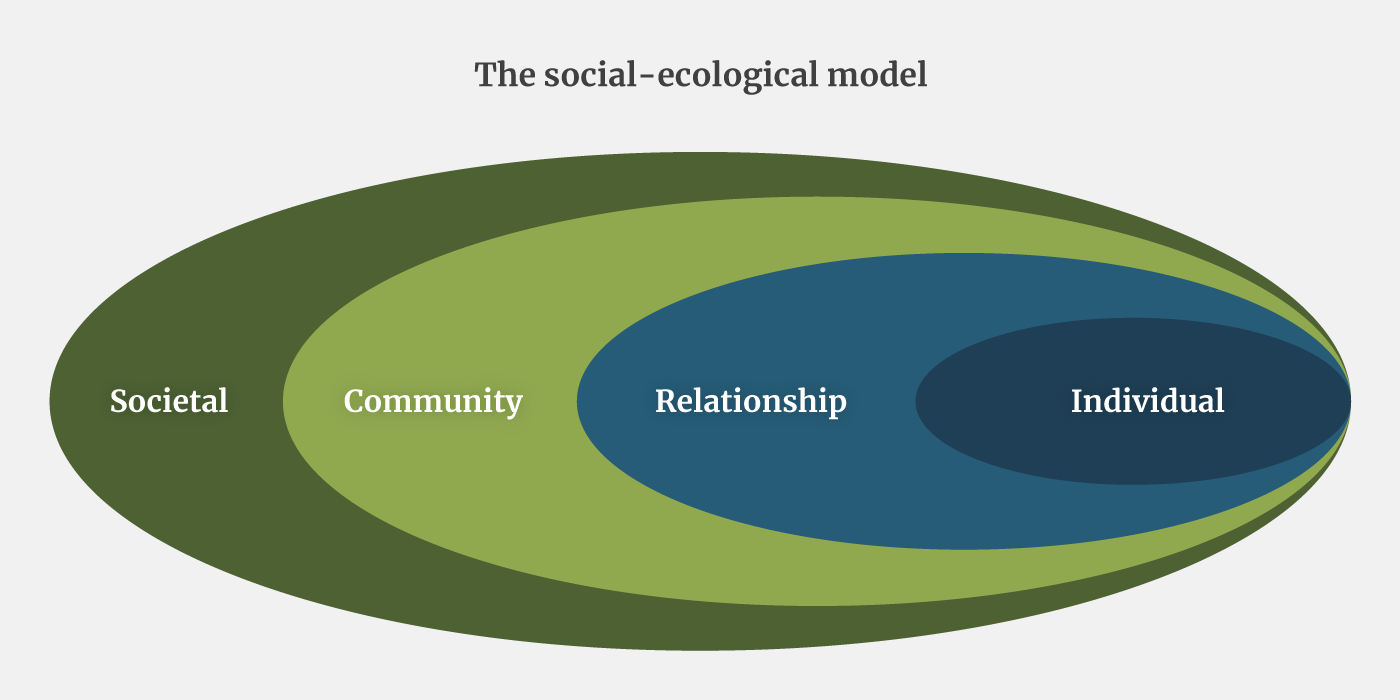Childhood Experiences and Health: Prevent Adversity and its Effects
It's important to understand that adverse childhood experiences or ACEs are preventable. What's more, ACEs are not a destiny. Children who experience early adversity are not doomed to negative health outcomes later in life. We know this because what's predictable is preventable. Working together, we can help communities reduce and prevent trauma's most devastating effects. How? By investing in prevention early and at every stage. We must also look at changing systems to increase health equity. Why? Because we know that adversity stems from the social, economic, and institutional structures that shape an individual's life.
Pursuing health equity through upstream prevention
It's time to shift our focus from health challenges to the root causes of those behaviors. We need to work together to address the underlying, and often interconnected, causes of trauma and its related harms. This is how we get another step closer to preventing public health's toughest challenges before they can take root. How do we do this? Through upstream prevention. To understand, imagine standing along the bank of rushing river.
Tertiary prevention
When individuals face a crisis, tertiary prevention services offer vital treatment options that help individuals cope and recover. These interventions are essential for dealing with the consequences of trauma.
Secondary prevention
Secondary prevention programs provide a critical early response to behavioral health challenges. Such midstream interventions can help individuals avoid further harm.
Primary prevention
Primary prevention addresses the root causes of public health challenges; these interventions have the power to strengthen and protect communities as well as individuals.
How health disparities influence prevention
Nobody's health should be influenced by where they live, how much money they make, or their culture or community. Sadly, health disparities exist. Factors like race, sexual orientation, age, disability status, and more have been shown to play a role in people's health. But we can change that. How? Through policy and prevention efforts. By addressing the root causes of health inequities, we can help improve people's social, economic, and environmental conditions.
We can use the socio-ecological model to better understand the influential conditions, experiences, and environments that can put people at risk for early adversity and life-long health challenges.
Strategies for preventing adversity and its effects
Preventing adversity and its effects isn't easy, but it is possible. Below are some strategies that individuals and communities can use to make an impact.
When is the best time to prevent the negative effects of adversity? Before it occurs.
Strategies for individuals
Encourage:
- Safe, stable, and nurturing relationships with family, friends, and adult mentors
- Lifelong learning in school and as a family, including parenting classes
- Caregiving strategies that bring families closer, like spending quality time together, setting consistent expectations and consequences, and staying calm while solving problems together
Strategies for communities
Improve:
- Access to economic and financial help, health care, child care
- Partnerships between the community, the government, private business, health care, and other organizations
- Factors related to health equity, like access to quality health care
People and communities can learn to cope, bounce back, and heal from challenging experiences.
Strategies for individuals
Encourage:
- Good, healthy relationships
- Better understanding that it is okay to ask for help and that you are not alone
Strategies for communities
Improve:
- Opportunities for social connections for all ages and backgrounds
- Access to social services and other supports for people disproportionately impacted by early adversity
Our priorities
With our state and local partners, we are:
- Ensuring a strong start for children.
- Promoting social norms that protect against violence and adversity.
- Strengthening economic support for families.
- Intervening to lessen immediate and long-term harms.



